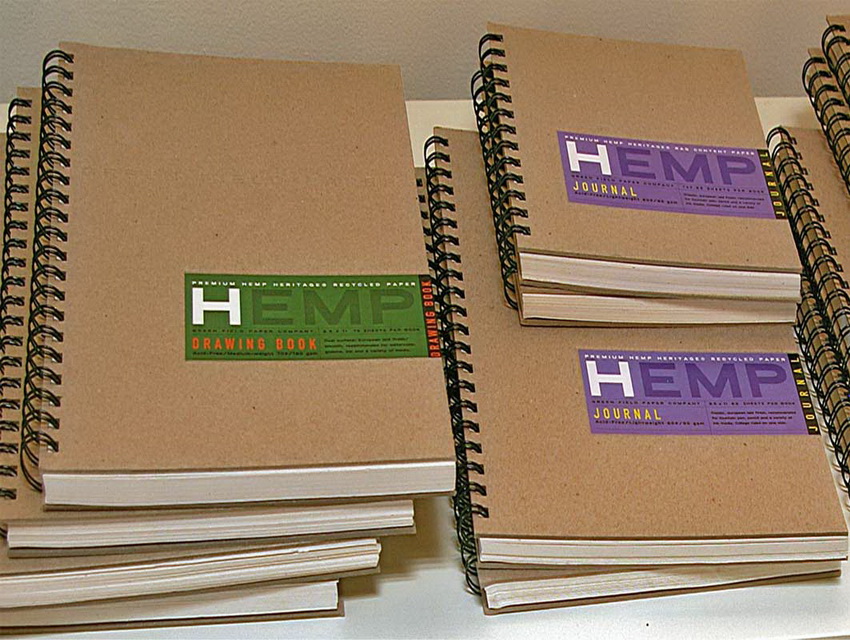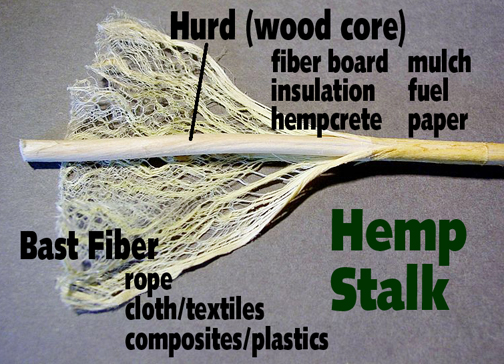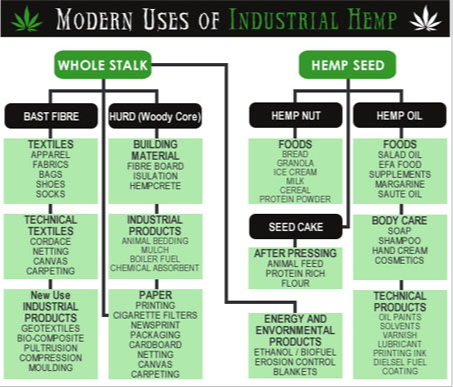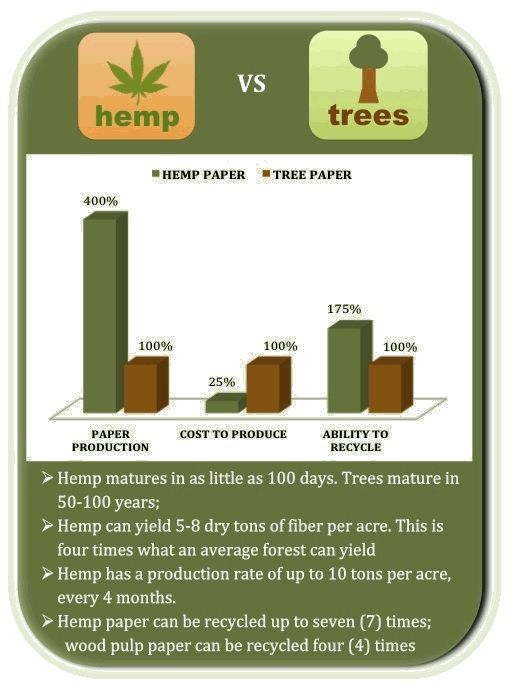

Sunlight spills through the gaps between the leaves, glittering in the lucious green foliage and pooling in splotches upon the floor. Birds of numerous untold species create a cacophony of chirps, trills, tweets, and screeches in their canopy of branches. The smell of damp earth and new life permeates the air while moss grows upon the countless trees that stretch from the ground into the hidden azure sky. Animals of all shapes and sizes roam the ground, and a sharp whirring noise cuts through the tranquility of the forest as a great tree falls with a thundering...
Wait a second. Something's not right. Light? Check. Bird calls? Check. Earthy smell? Check. Trees and animals? Double check. That terrible whirring noise that destroyed a once mighty pine tree? Ah. That's what doesn't belong in this beautiful forest. That sound indicates the presence of a chainsaw being used by a logger working for a company that contributes to the loss of almost 25,000 square miles of trees. Every. YEAR! That's about half the size of the country of England. The forests are disappearing at an alarming rate. Within one hundred years, rainforests could cease to exist. This CANNOT happen! Not only would the extinction of forests doom the 80% of land plants and animals who inhabit them, it would almost certainly doom us as well. Forests are essential to the air and water cycles and keeping the environment of Earth healthy and livable for humans and other creatures.


Logging for wood and paper is the second largest cause of deforestation. Over a billion trees are cut down annually to make the numerous sheets of paper we each go through on a regular basis: notebooks, hard copy reports, flyers, notepads, business cards, post-it notes, parking tickets, brochures, bills, newspapers, etc. There is paper everywhere: stacked on desks, stuffed in drawers, scatered and piled wherever there's space, but the trees are disappearing. The most tragic part about this whole situation is that we have a fantastic solution to avoid all this tree carnage. Unfortunately, it is not being utilized due to corporate greed and public stigma. By now I'm certain you're wondering, "what is this supposed magnificent savior of trees?", and I am pleased to inform you that the identity of this fantastic forest freedom fighter is ... hemp.

Long before tree paper was ever created and used, people used paper made of hemp. Inhabitants of China around 200-150 BC had smashed hemp pulp down into a thin sheet, and hemp paper was used ever since then. It wasn't until the last few centuries that tree paper has become the paper used by the nations of the world. Even rough drafts of the Declaration of Independance were written on Dutch hemp paper. Hemp paper was actually a very large part of the American Revolution because it was the material used for all the independance pamphlets that were created to influence the minds and hearts of the colonists. The popularity of hemp paper severely declined in the 1930s because the cultivation of hemp became prohibited in the U.S. There is a theory that two rich men, Dupont and Hearst, who dealt in chemicals, wood, and paper, enlisted the help of Harry Anslinger of the Bureau of Narcotics to spread fear of hemp into the americans who were ending the Prohibition because the Hollander Beater, which could more easily and cheaply produce hemp paper, had just been invented.


There are numerous reasons to use hemp paper rather than tree paper:
1. One acre of hemp can produce as much paper as 4-10 acres of trees over a 20 year cycle.
2. Hemp stalks grow in 4 months, whereas trees take 20-80 years.
3. Hemp has higher concentration of cellulose, the principal ingredient in paper, than wood has.
4. Trees are made up of only 30% cellulose, requiring the use of toxic chemicals to remove the other 70% of material. Hemp, on the other hand, can have have up to 85% cellulose content.
5. Hemp has lower lignin content than wood. Hemp contains 5-24% lignin whereas wood has 20-35%. This is advantageous as lignin must be removed from the pulp before it can be processed as paper.
6. Hemp paper is more durable than trees. Hemp paper does not yellow, crack, or deteriorate like tree paper.
To conclude, wider use of hemp paper can not only help sustainability efforts to reduce deforestation, it is also be cheaper, easier, and more functional for us to produce and use, not to mention the other things hemp can be used to create.